City Explorer's Story: Aceh Tsunami Museum.
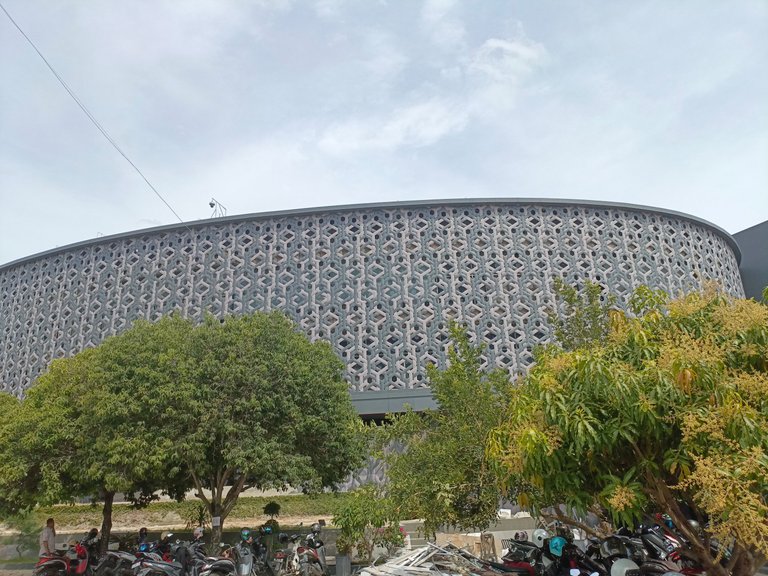
When I explored the city of Banda Aceh, one of the buildings that most caught my attention was the Aceh Tsunami Museum. Located in the city center, this museum is not just a repository of history, but is also a living monument that tells the story of the devastating disaster that struck the region in 2004.
This museum building has a unique and modern architecture. The facade is covered in an attractive geometric pattern, giving an artistic and futuristic impression. This design is not only aesthetic, but also functional, providing natural ventilation to the building and creating attractive shadows when the sun shines.
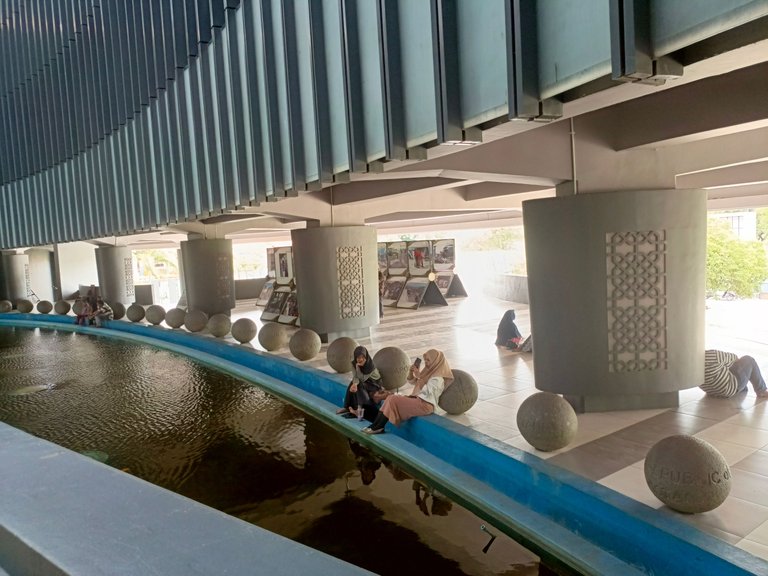
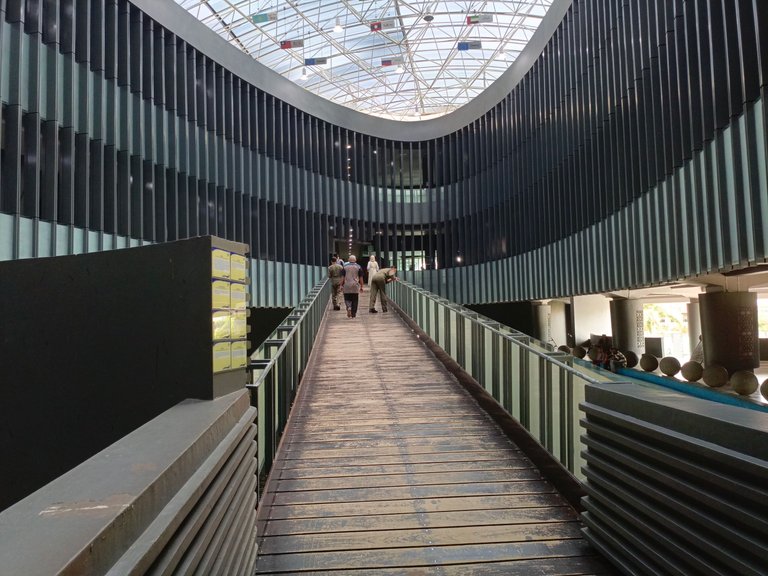
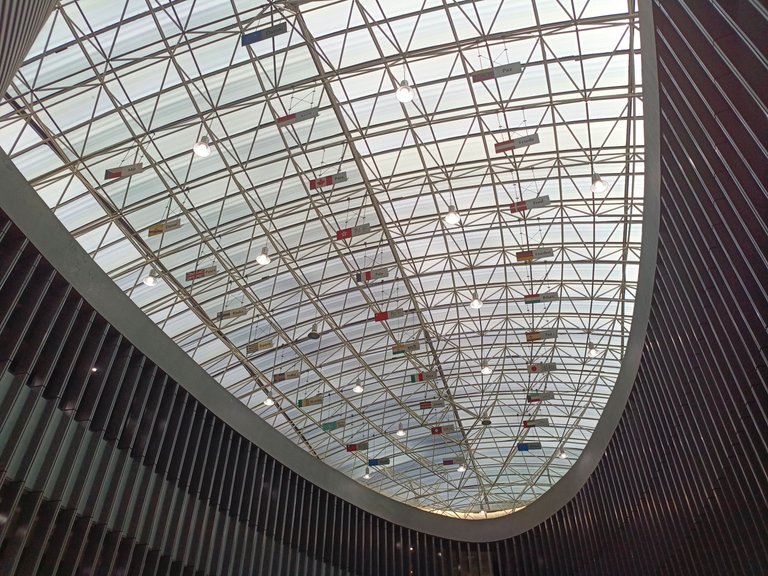
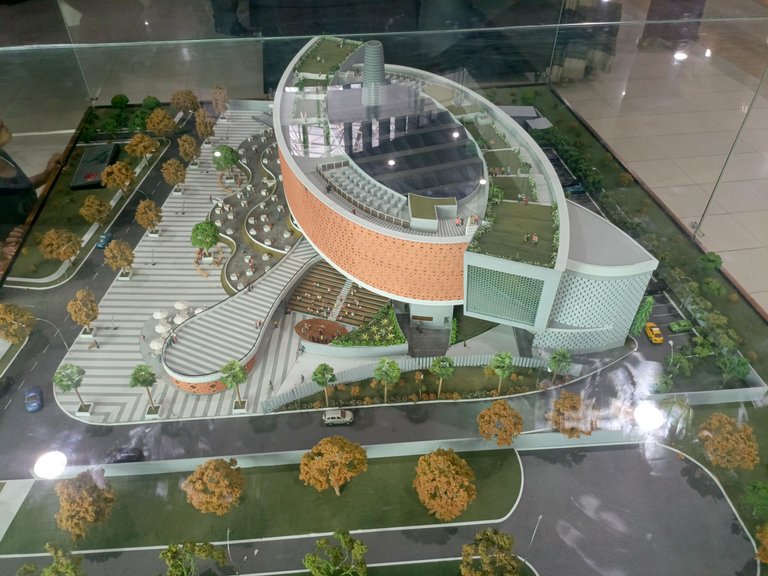
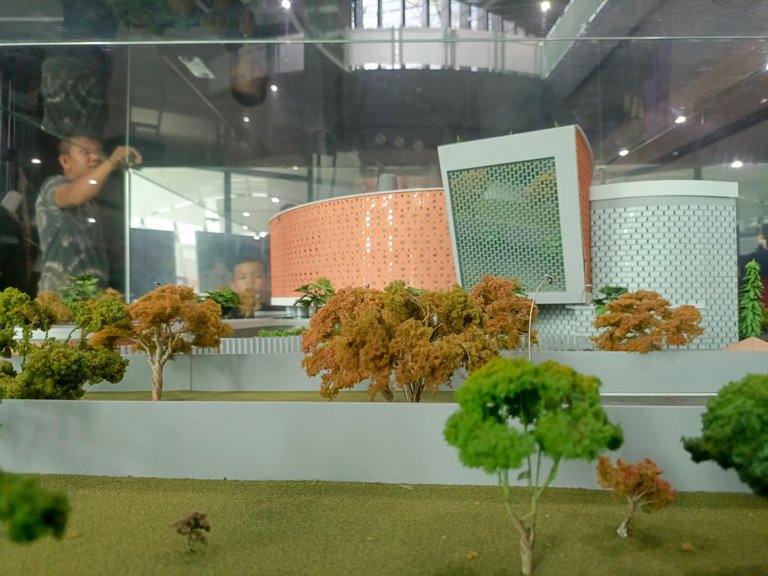
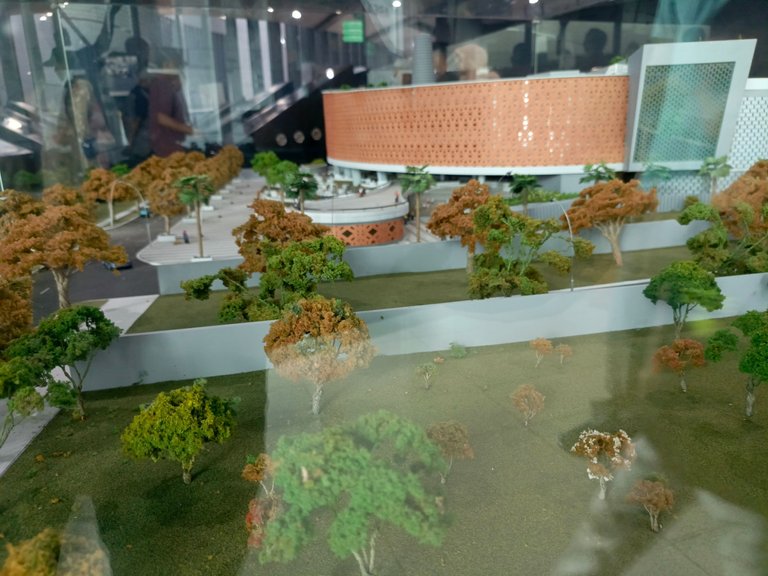
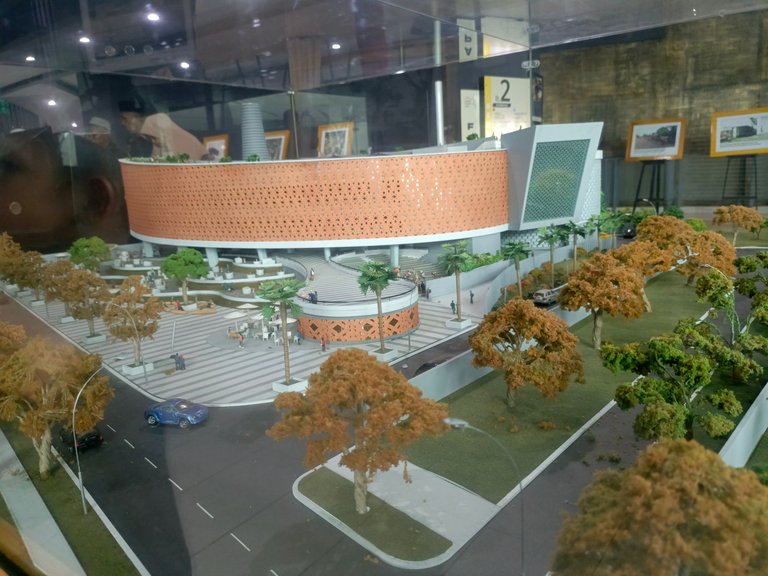
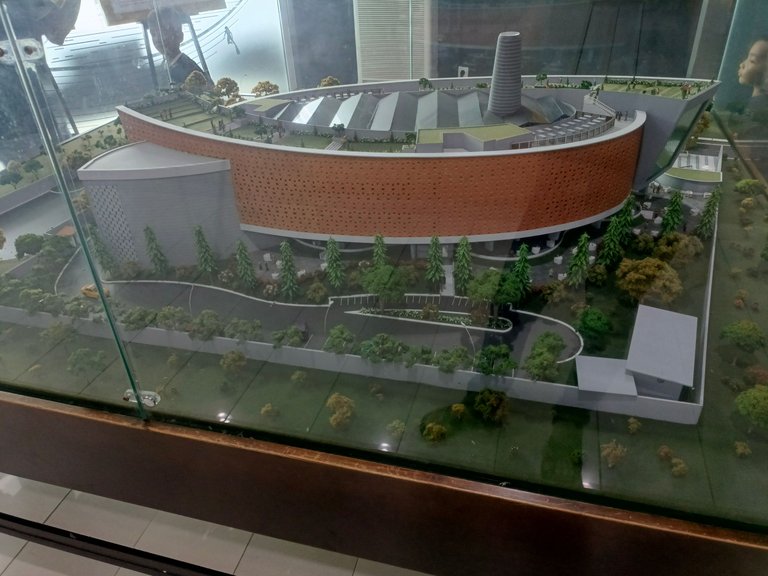
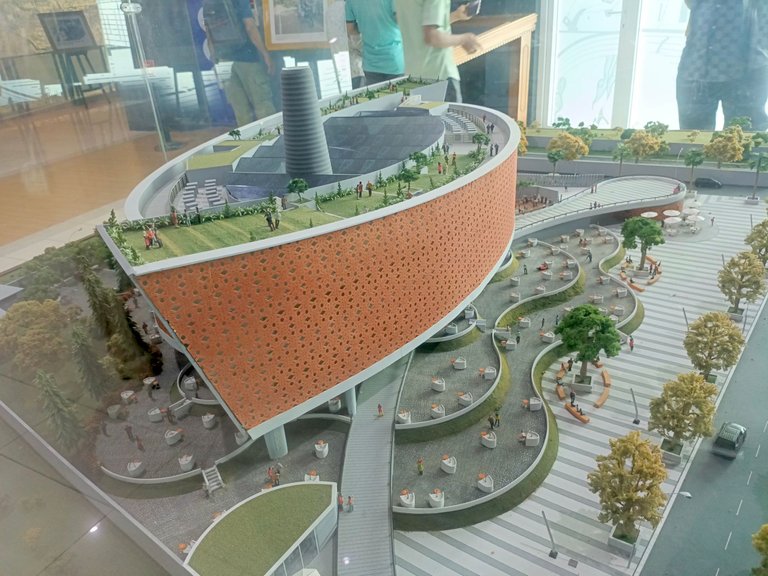
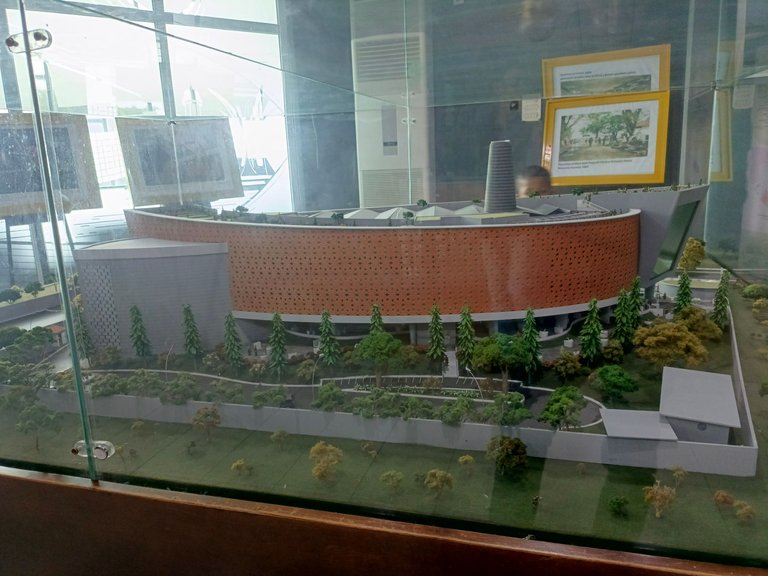
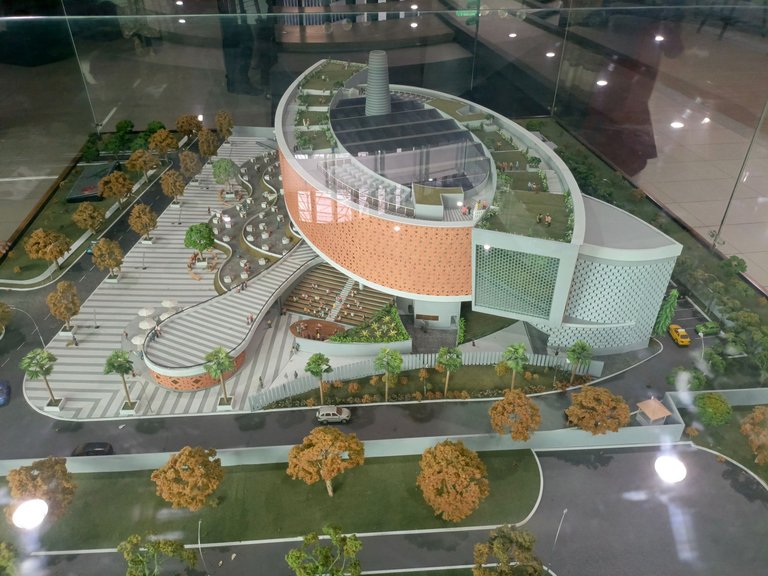
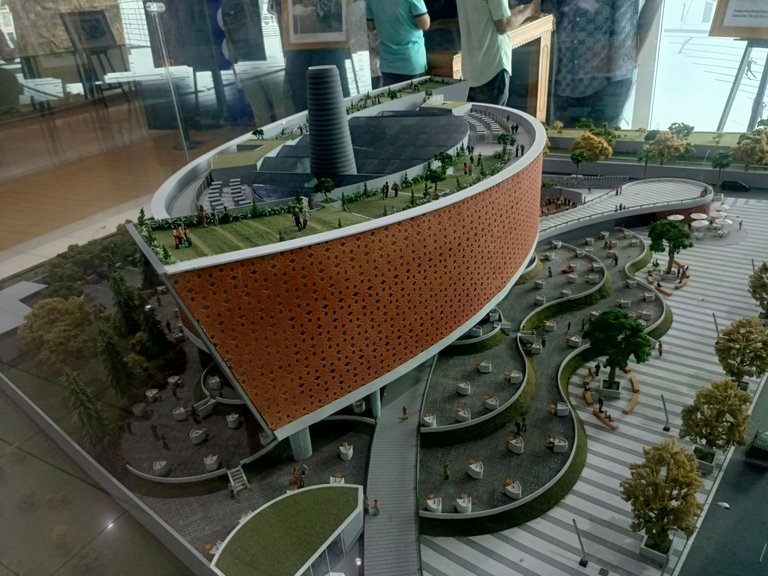
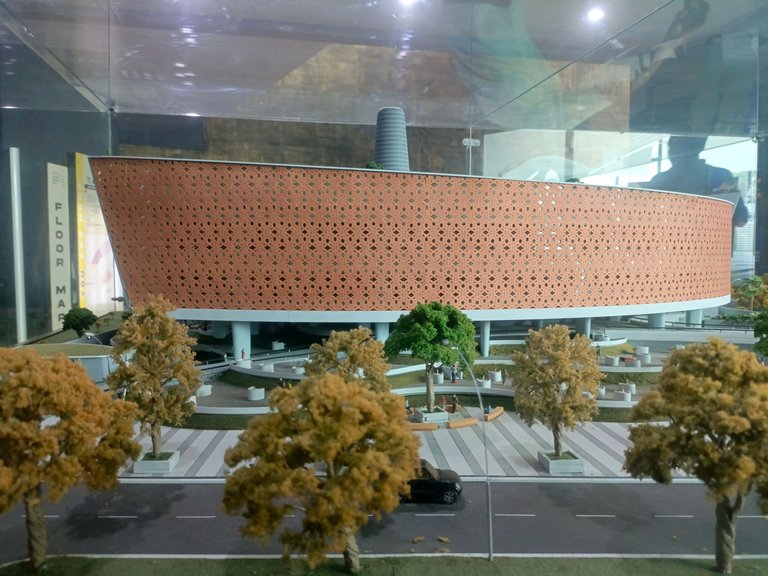
If we look at the magnificent building in the picture above, maybe at first glance we just see a unique and interesting work of modern architecture. However, behind this building there are bitter memories which are silent witnesses to one of the biggest tragedies in Indonesian history, namely the Aceh Tsunami in 2004. This building is the Aceh Tsunami Museum which was founded to commemorate this very terrible disaster, where sea water hit land at a height reaching 7 meters. thereby destroying everything in its path.
The Aceh Tsunami Museum was designed by renowned architect Ridwan Kamil who currently serves as Governor of West Java. The design is not just aesthetic, but also full of symbolic meaning. The perforated walls that form geometric patterns depict the snaking sea waves that brought us to this tragic event. This pattern also allows sunlight to enter, creating shadows that add a dynamic and lively impression.
When entering the museum, visitors will be greeted with a dark, narrow and wet hallway which depicts the tense atmosphere when the tsunami occurred. Inside there are various exhibitions depicting the chronology of events, photos, video documentaries and artifacts found after the disaster. One of the most moving parts is the Memorial room, where there are thousands of names of victims written on the walls, as if to remind us of the many lives lost.
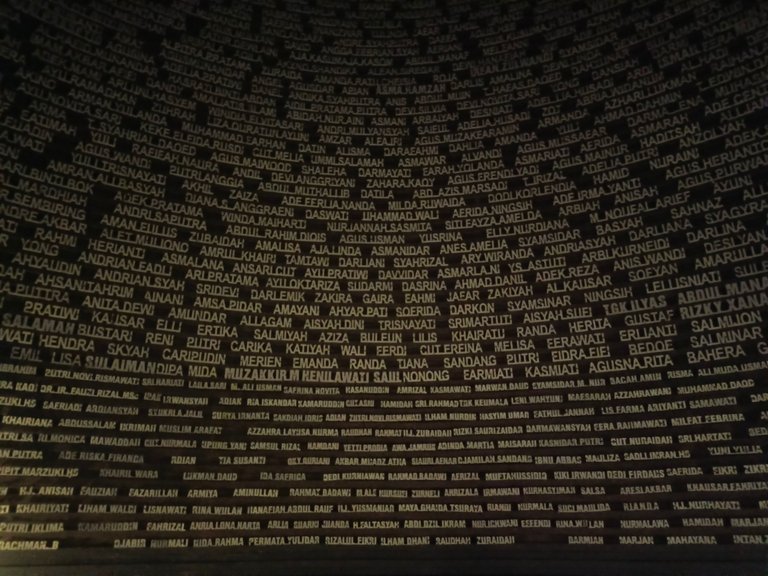
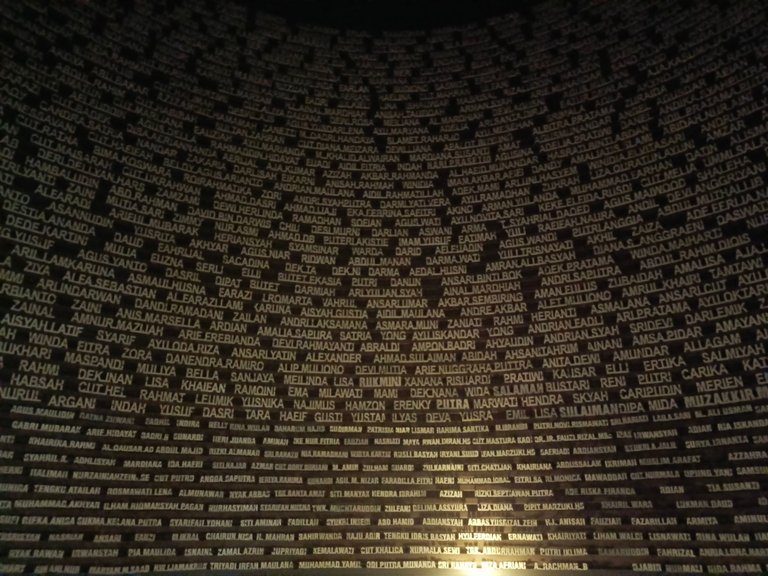
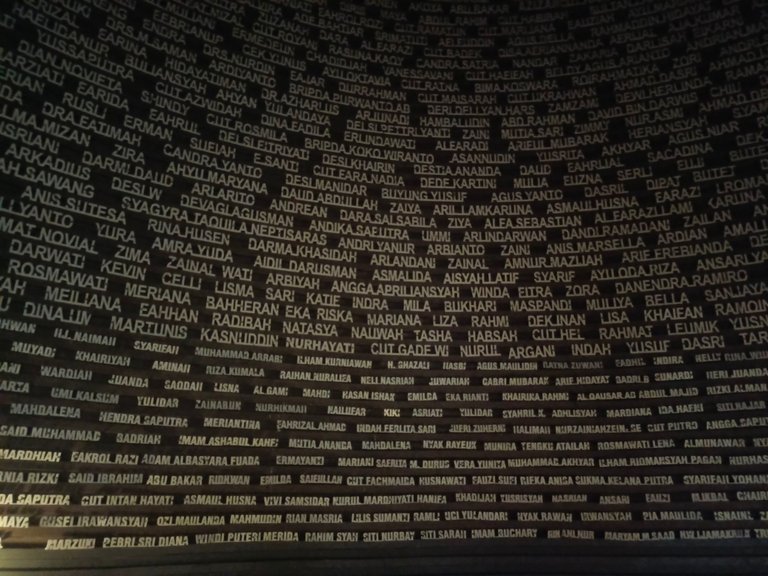
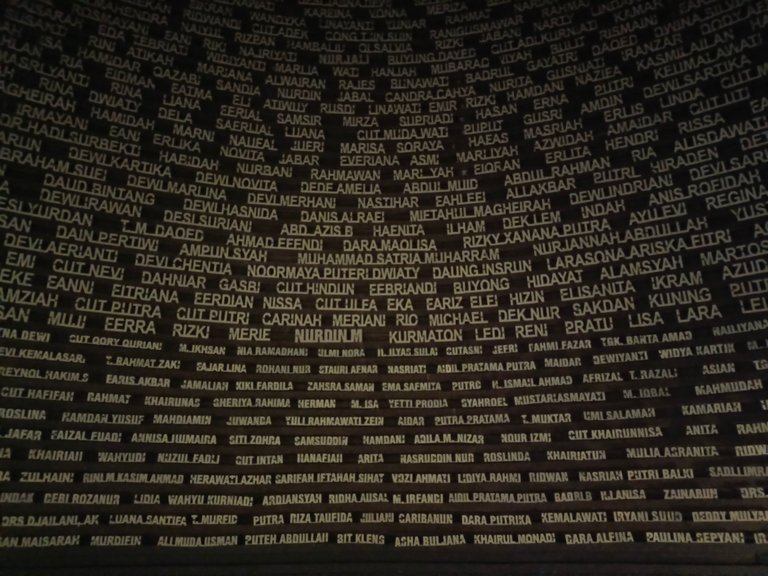
Apart from being a place of memory, the Aceh Tsunami Museum also functions as an education and warning center. Here visitors can learn about the natural phenomenon of tsunamis, how to deal with them, as well as disaster mitigation efforts that can be carried out to minimize loss of life in the future. This is very important considering that Indonesia is a country that is prone to natural disasters.
At the Aceh Tsunami Museum there are many heart-touching pictures that show how devastating the impact of the tsunami that occurred on December 26 2004 was. One of the most moving photos is a photo of the destruction of a shopping center in Banda Aceh taken on December 31 2004. The picture shows buildings. -building. -building, collapse, scattered debris, and destruction caused by sea waves.
This picture shows a very heartbreaking post-disaster atmosphere. Buildings that previously stood firmly are now razed to the ground. Vehicles were overturned, building debris was scattered, and goods that had previously been neatly stored in shops were now strewn on the streets. This disaster not only destroyed infrastructure, but also claimed the lives of thousands of people living in Aceh.
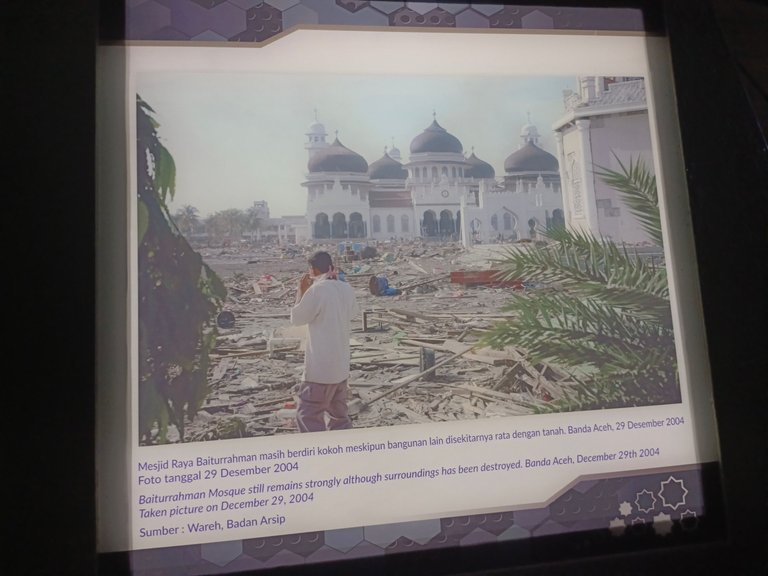
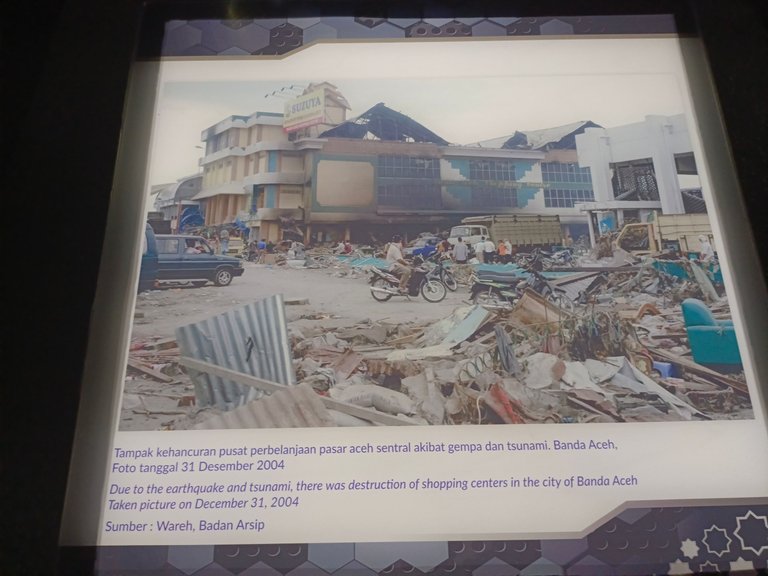
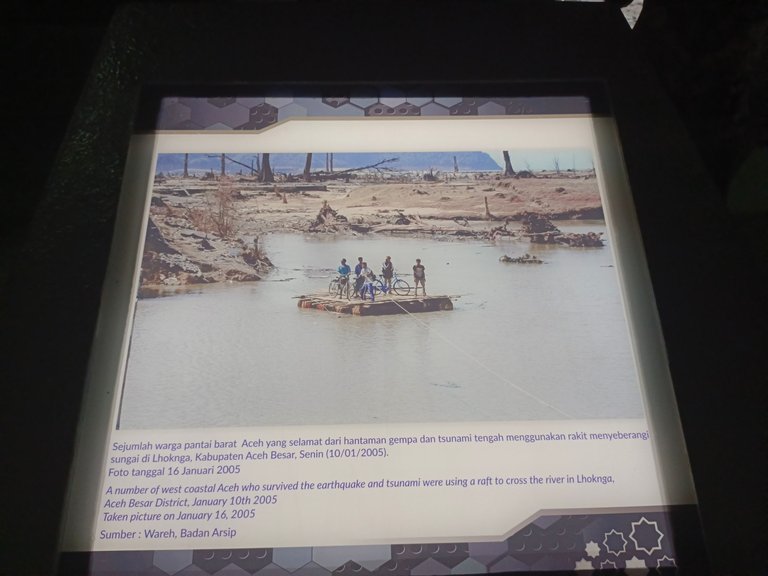
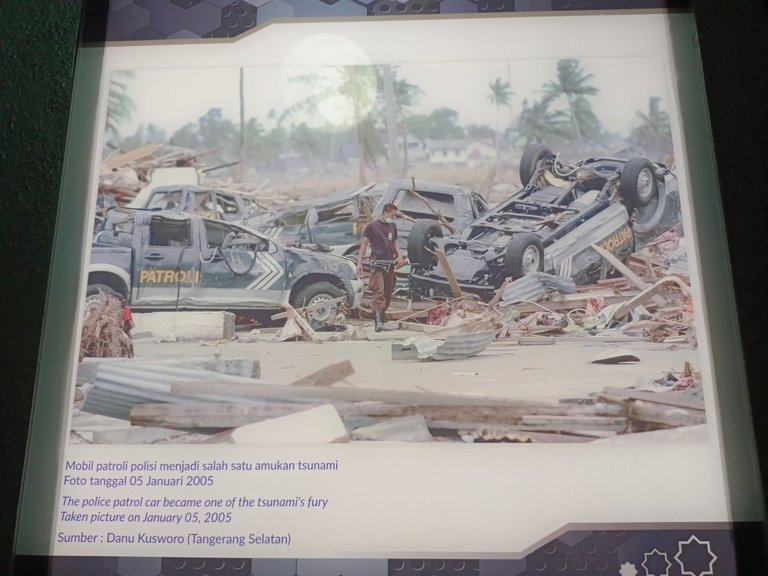
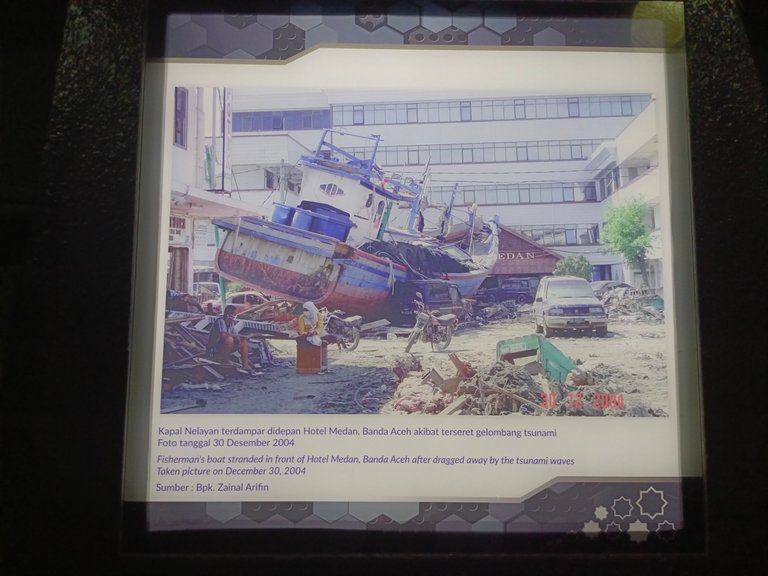



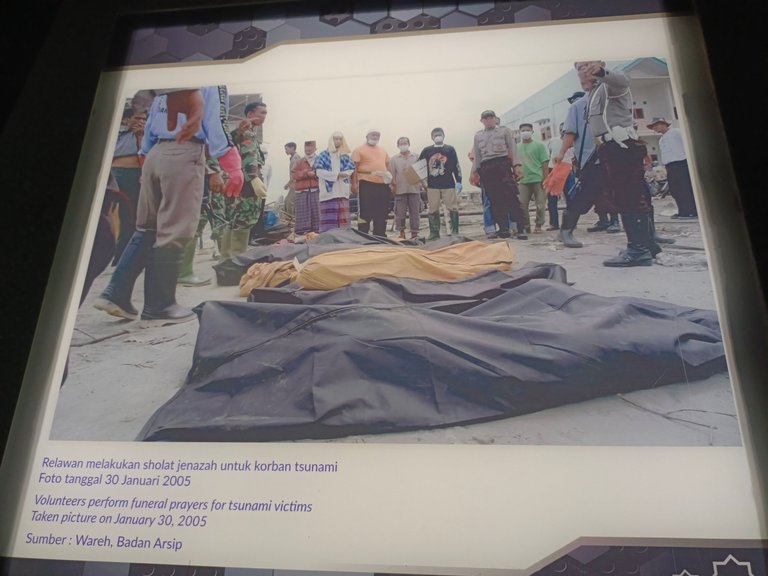
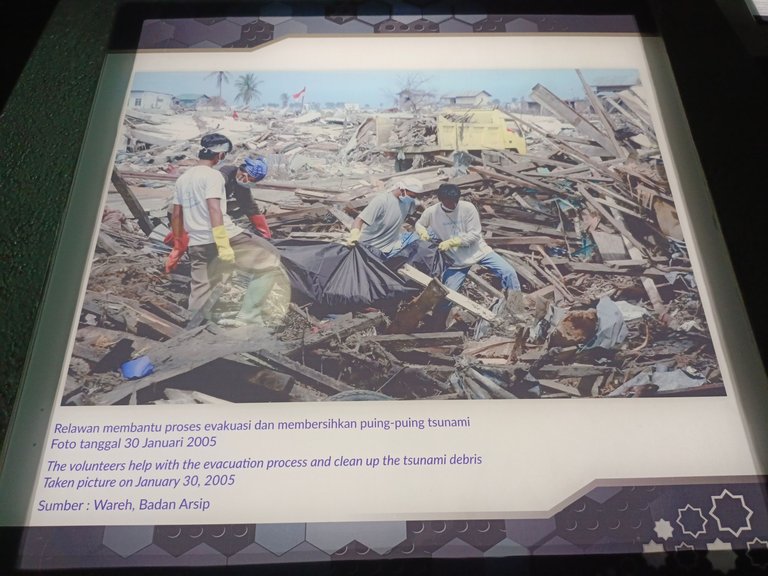


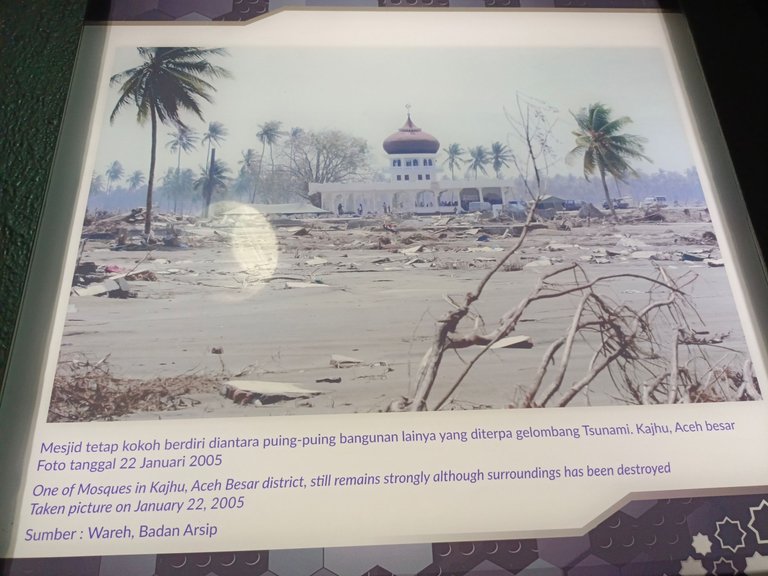
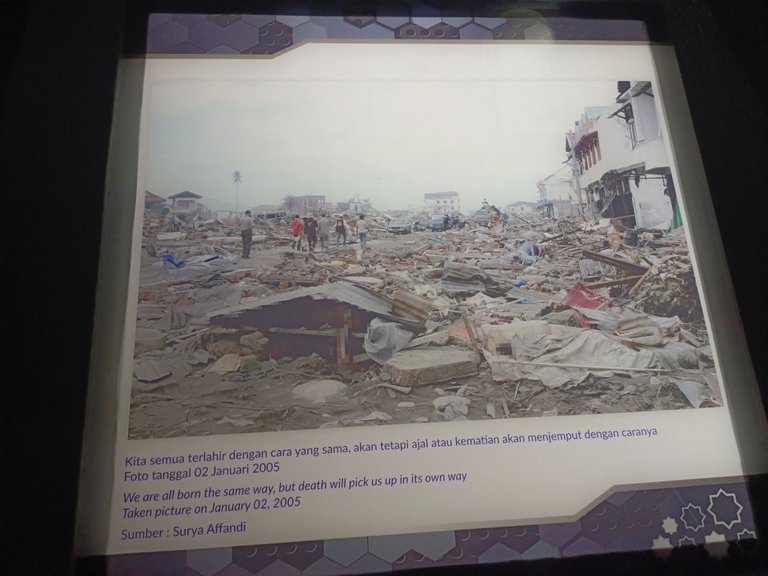
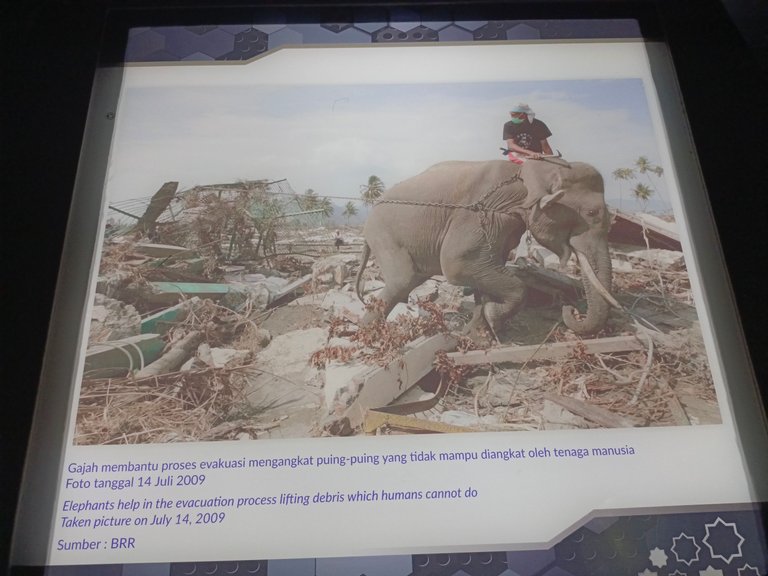
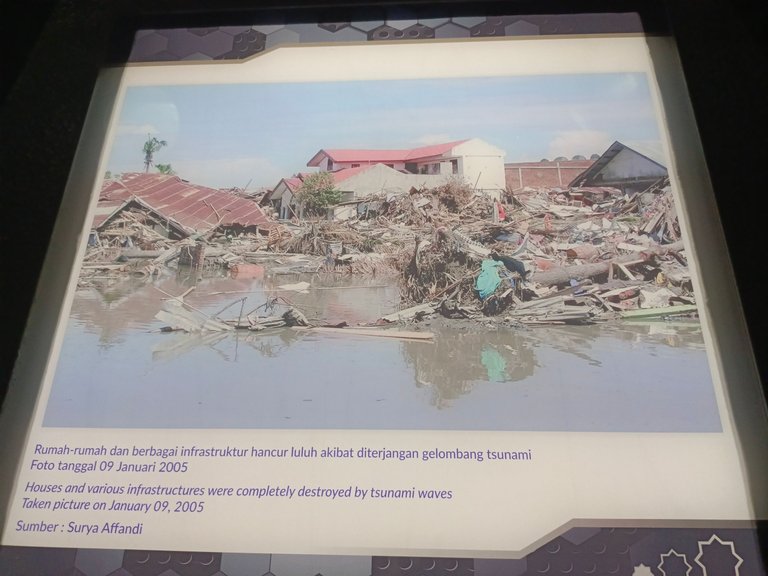

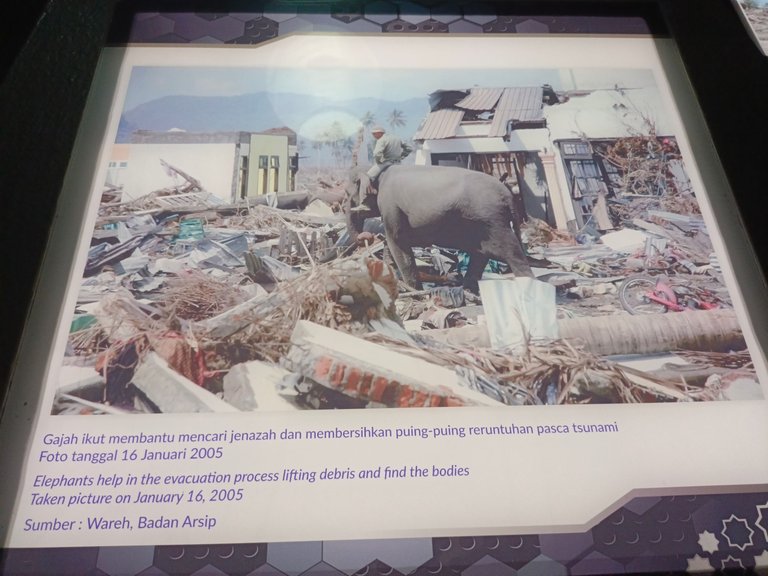
What is interesting about the post-tsunami recovery story is the involvement of elephant volunteers. These elephants are trained to help clear corpses and clear debris. With their strength and resilience, these elephants are part of the rescue team who work tirelessly to help the people of Aceh rise from adversity.
Friends of all the Urban Exploration community. Every picture I display in this museum is not just documentation, but also a reflection for all of us. Through these images, we are reminded how fragile human life is in the face of the forces of nature. However, we are also invited to learn lessons from this disaster, so that we are better prepared and resilient in facing possible disasters in the future.
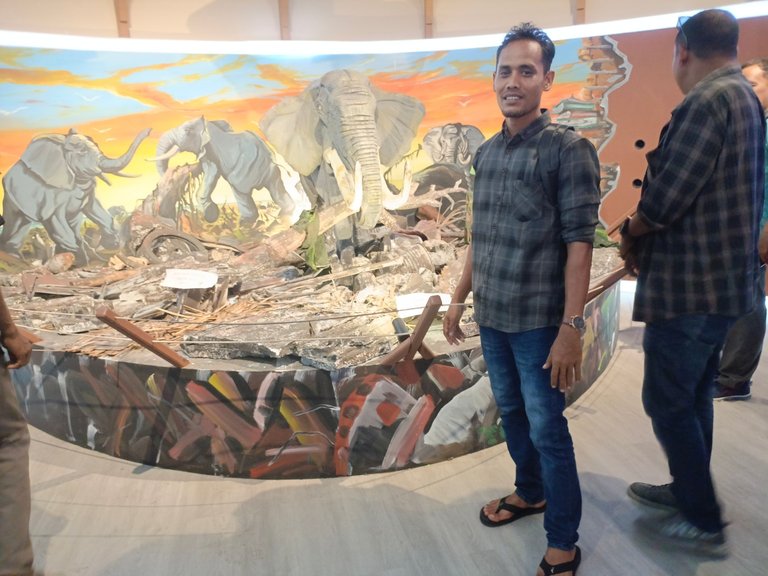
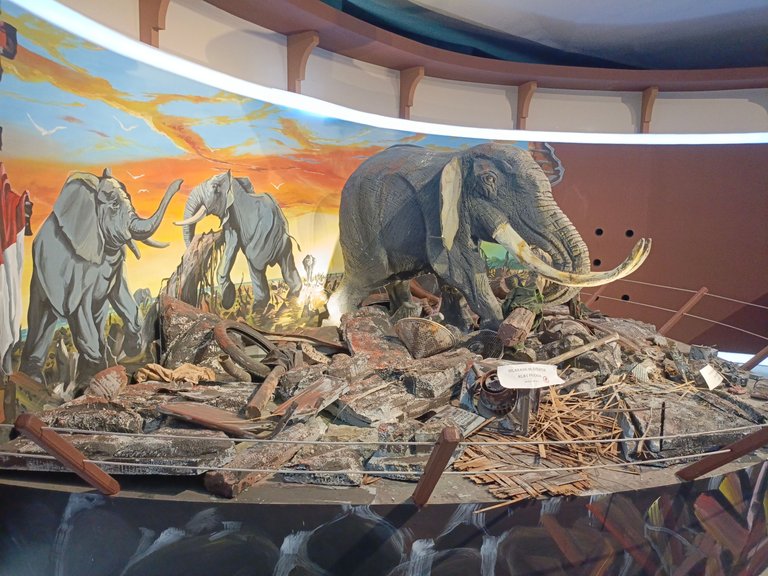
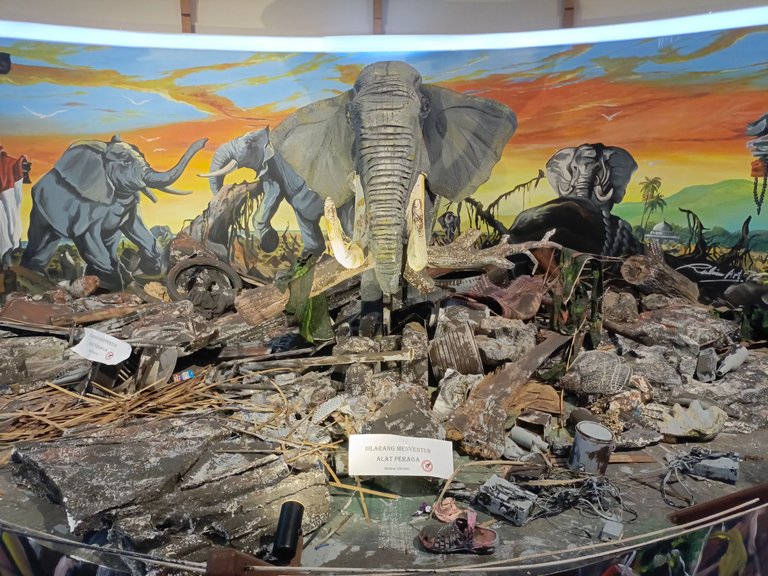
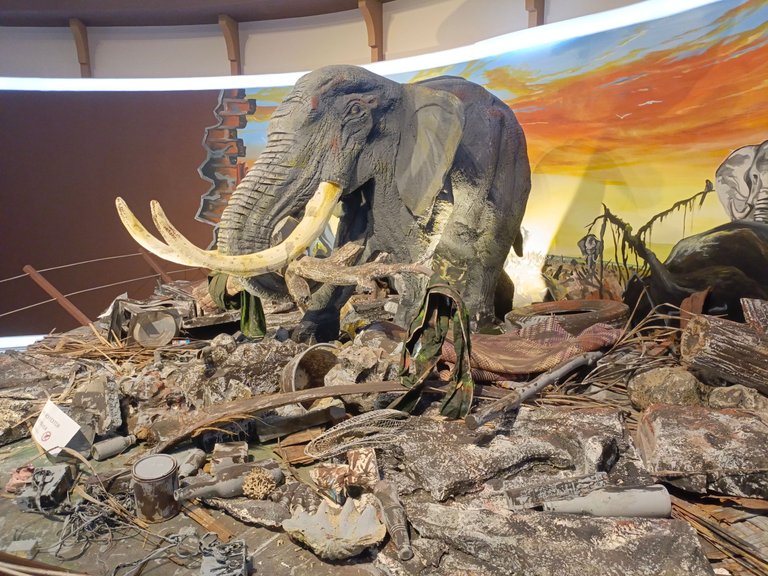
The Aceh Tsunami Museum is not just a magnificent building that attracts the eye, but also a monument that reminds us of the power of nature and how fragile human life is in front of it. By visiting this museum, we are not only invited to remember this tragedy, but also learn and prepare ourselves so that a similar tragedy does not happen again. This building is a silent witness to a sad story, but also a symbol of hope and revival of the Acehnese people after the disaster.